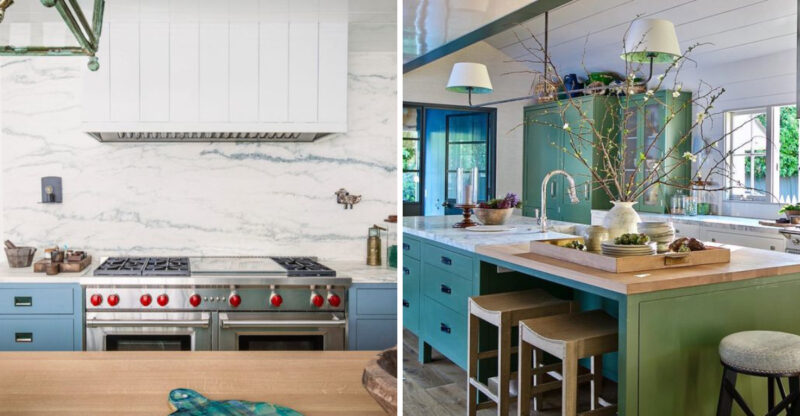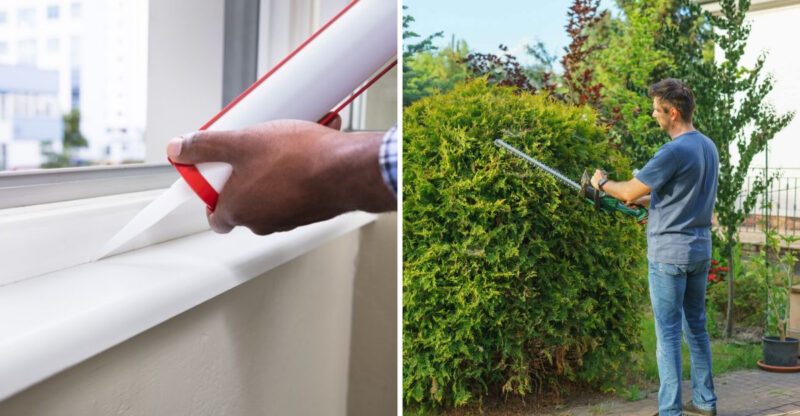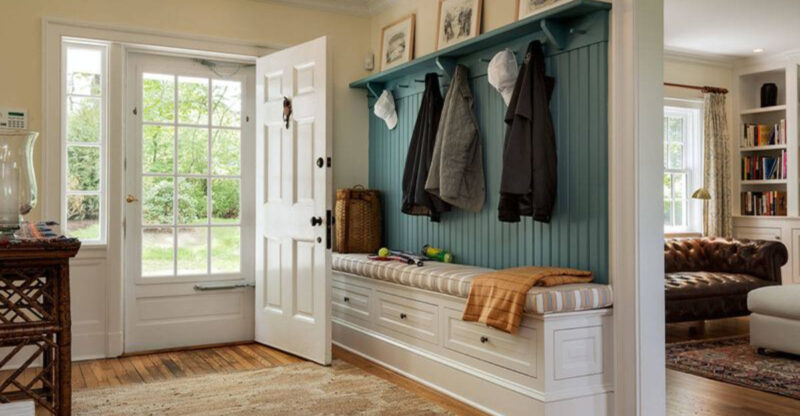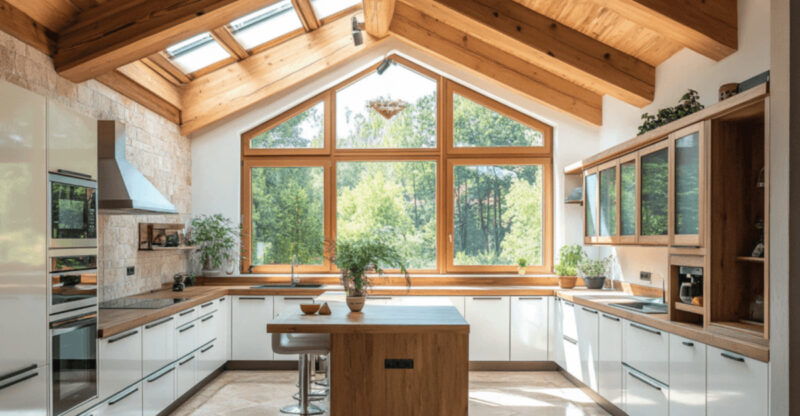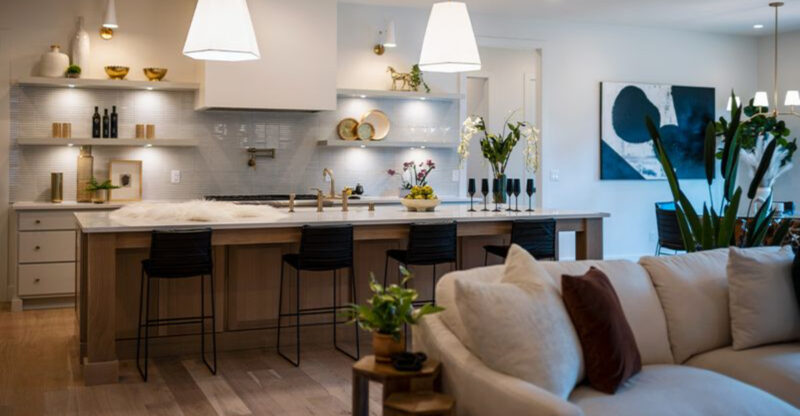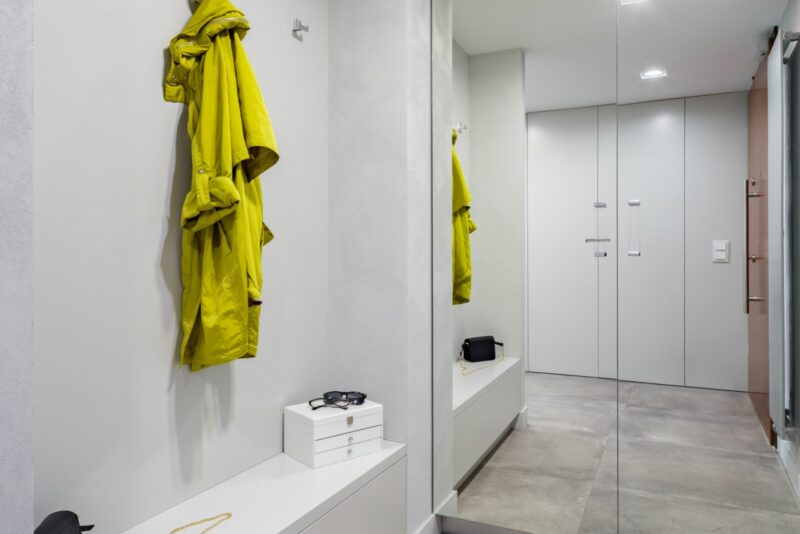16 Kitchen Flooring Styles Worth Exploring In 2025 Plus 5 Expert-Recommended Picks
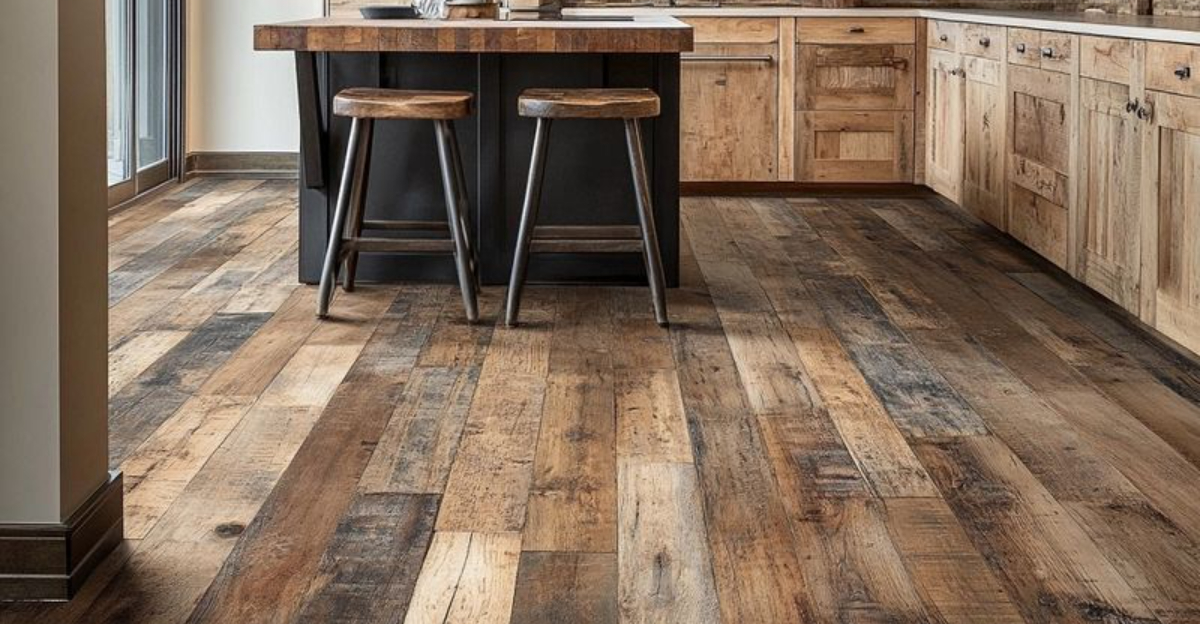
Your kitchen floor takes a beating from spills, dropped utensils, and constant foot traffic.
Choosing the right flooring isn’t just about looks it’s about finding something that can handle your kitchen lifestyle while complementing your design vision.
With so many exciting options hitting the market for 2025, I’ve rounded up 16 standout kitchen flooring styles plus 5 expert favorites that deliver both beauty and practicality.
1. Porcelain Tile
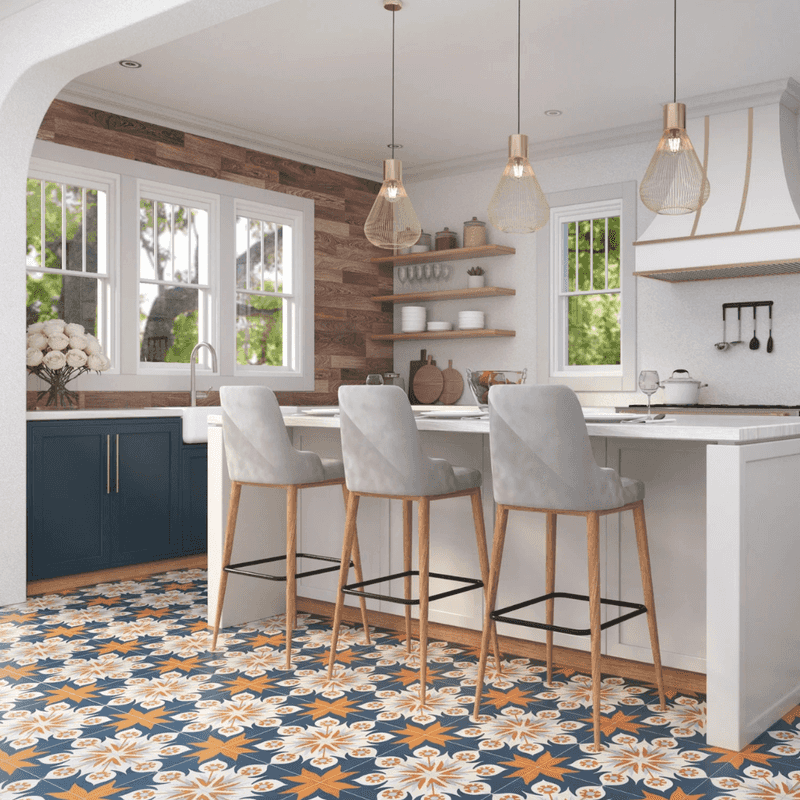
Porcelain tile stands as the undisputed champion of kitchen durability. Made from dense clay fired at extremely high temperatures, these tiles resist moisture, stains, and scratches like nothing else on the market.
I’ve installed porcelain in countless kitchens where clients prioritize longevity and easy maintenance. The variety of styles available now is truly impressive from realistic wood looks to bold geometric patterns and classic solid colors.
What many homeowners don’t realize is that porcelain’s color runs throughout the entire tile, meaning chips or scratches won’t reveal a different color underneath. This makes it perfect for busy family kitchens where perfection is impossible to maintain.
2. Ceramic Tile
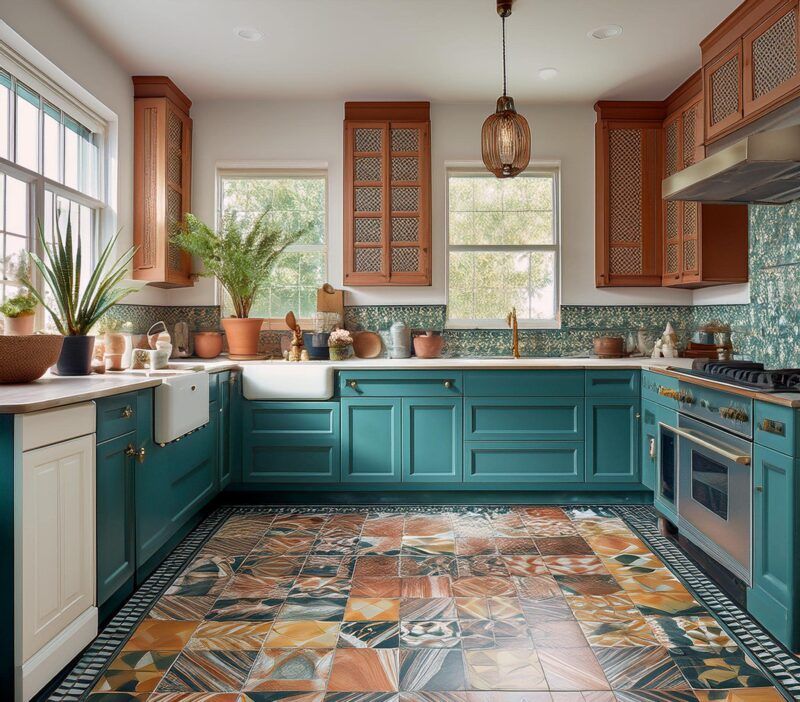
Ceramic tile offers remarkable versatility at a more budget-friendly price point than porcelain. The clay composition creates a slightly softer material that’s easier to cut and install, potentially saving you money on installation costs.
Where ceramic really shines is in its design possibilities. I’m constantly amazed by the vibrant colors, intricate patterns, and artistic glazes available. Many of my clients choose ceramic when they want to make a bold statement without breaking the bank.
One thing to keep in mind—ceramic requires proper sealing in wet areas. While slightly less durable than porcelain, a quality ceramic tile properly installed can still last decades in your kitchen while providing endless design flexibility.
3. Luxury Vinyl Plank
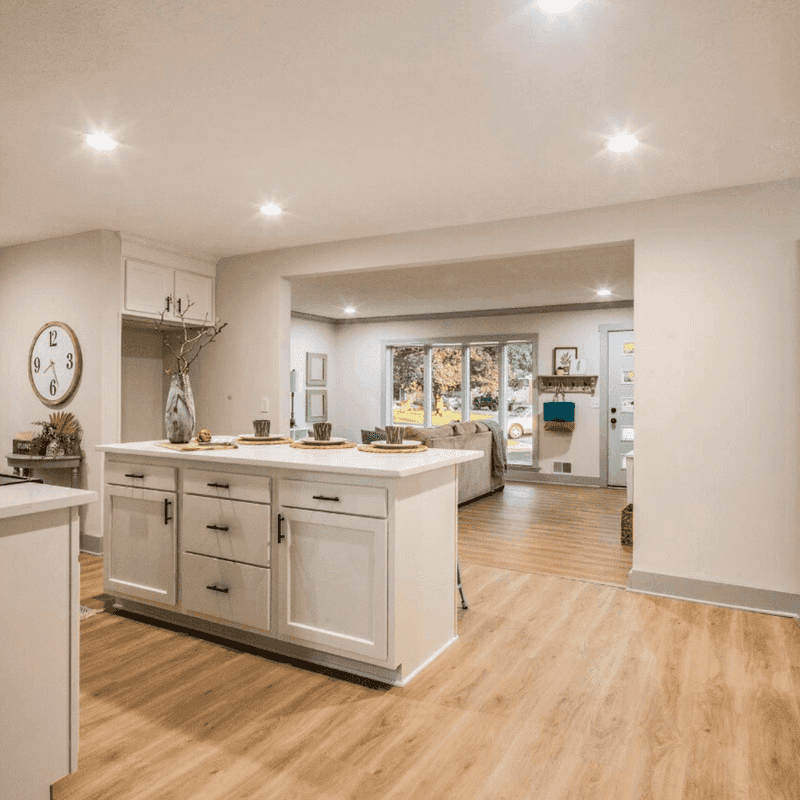
Luxury vinyl plank (LVP) has revolutionized kitchen flooring with its remarkable ability to mimic wood while offering superior water resistance. The multilayer construction creates a floor that can handle spills, pet accidents, and even standing water without warping or damage.
My clients are consistently surprised by how realistic today’s LVP looks and feels. The embossed textures and detailed printing technology create planks that are nearly indistinguishable from hardwood at a fraction of the cost.
Installation is another major advantage. Many LVP products feature click-lock systems that can be installed directly over most existing floors without adhesive, making it perfect for weekend DIY projects or quick renovations with minimal disruption to your kitchen routine.
4. Engineered Hardwood
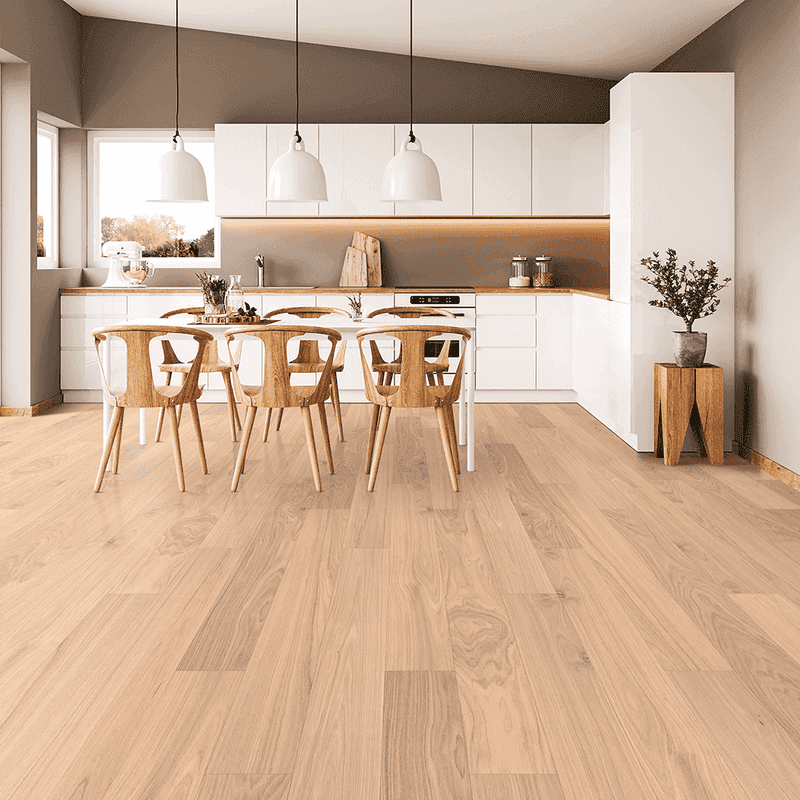
Engineered hardwood delivers the warmth and character of real wood with added stability perfect for kitchen environments. Unlike solid hardwood, the layered construction resists the expansion and contraction that can happen with humidity changes near dishwashers and sinks.
I’ve noticed more homeowners gravitating toward wider planks and lighter finishes that brighten kitchens while showcasing beautiful grain patterns. The top veneer of real hardwood gives you authentic wood beauty, while the core layers provide dimensional stability.
What makes engineered hardwood especially appealing is its versatility in installation methods. Depending on the product, you can nail it down, glue it, or even install it as a floating floor, giving you options based on your subfloor conditions and preference.
5. Cork Flooring
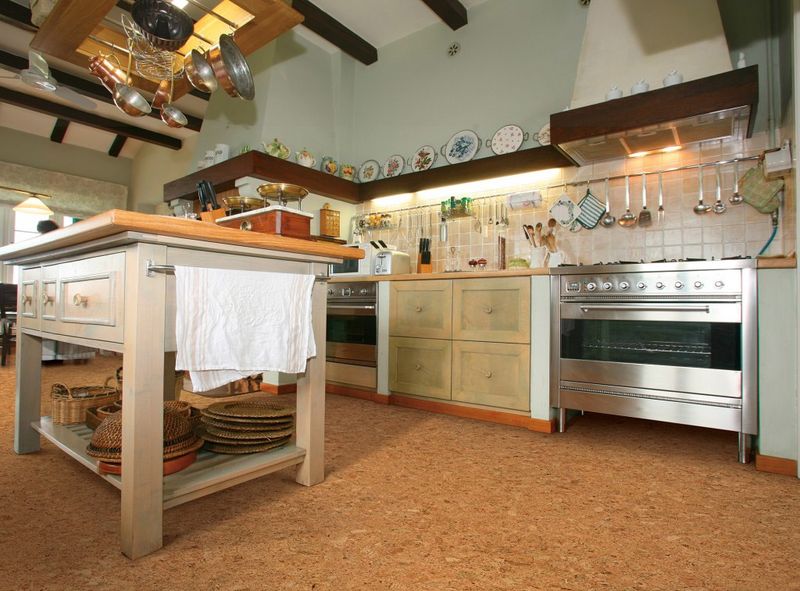
Cork flooring brings natural comfort to kitchens where you spend hours standing. The cellular structure creates a slight cushioning effect that reduces fatigue and joint stress—something I appreciate during marathon cooking sessions.
Beyond comfort, cork offers impressive environmental credentials. Harvested from the bark of cork oak trees without harming them, it’s a renewable resource that regrows every nine years. This sustainability factor appeals to eco-conscious homeowners looking to reduce their environmental footprint.
Another hidden benefit is cork’s natural thermal insulation. Your kitchen floor will feel warmer underfoot during winter months, and the material helps maintain room temperature year-round. Just be sure to reapply sealant every few years to maintain water resistance in this high-traffic area.
6. Bamboo Flooring
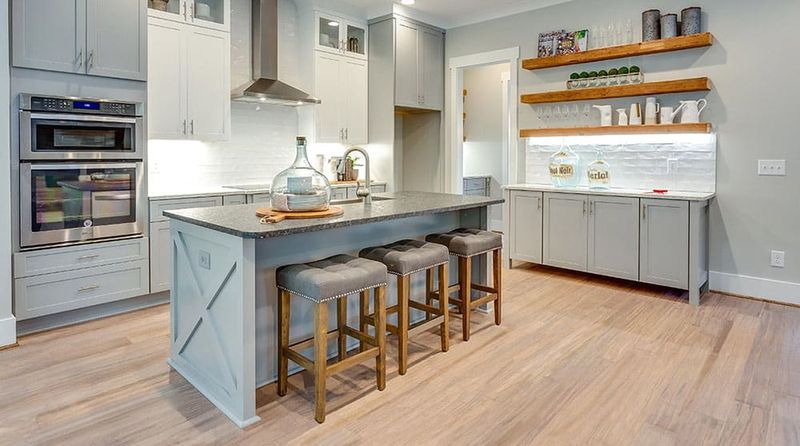
Bamboo flooring combines remarkable hardness with eco-friendly credentials that make it increasingly popular for modern kitchens. Though technically a grass, bamboo can be processed into flooring that’s actually harder than many traditional hardwoods, standing up beautifully to kitchen traffic.
What fascinates me about bamboo is its rapid renewability. While hardwood trees take decades to mature, bamboo reaches harvest maturity in just 3-5 years, making it one of the most sustainable flooring options available.
The aesthetic has evolved dramatically in recent years. Beyond the traditional blonde color, manufacturers now offer bamboo in various stains, textures, and even strand-woven varieties that create unique visual interest. Just ensure you choose a quality product with proper finish to resist the occasional kitchen spill.
7. Concrete Floors
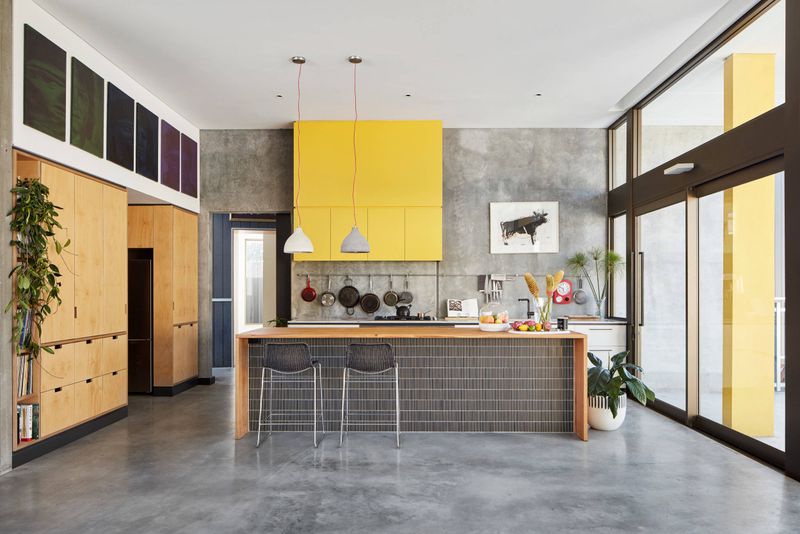
Concrete floors have transcended their industrial roots to become sophisticated kitchen flooring options with unlimited customization potential. Whether polished to a high shine or stained in rich colors, concrete creates a seamless, modern foundation for any kitchen style.
The durability factor is unmatched. I’ve seen concrete floors in commercial kitchens that have withstood decades of abuse while maintaining their integrity and character. For home kitchens, this translates to worry-free flooring that actually improves with age.
Contrary to popular belief, concrete doesn’t have to feel cold or sterile. With techniques like acid staining, stamping, and embedding decorative elements, your concrete floor can become a true artistic statement. The option to incorporate radiant heating systems directly into the concrete makes it surprisingly comfortable underfoot even in winter months.
8. Natural Stone Tile

Natural stone tile brings unmatched character and timeless elegance to kitchens seeking a connection to earth’s raw beauty. Each tile contains unique veining, color variations, and subtle texture differences that mass-produced materials simply cannot replicate.
Travertine, limestone, and quartzite have become my favorite stone recommendations for kitchens. These varieties offer more practicality than marble while still delivering that organic luxury that elevates any space. The natural variation ensures your kitchen will never look exactly like anyone else’s.
If you’re considering stone, remember that proper sealing is essential. Even with regular maintenance, the subtle wear patterns that develop over years add to stone’s character—much like fine leather or wood. This living quality creates a floor that tells your home’s story through its gentle evolution.
9. Laminate Flooring
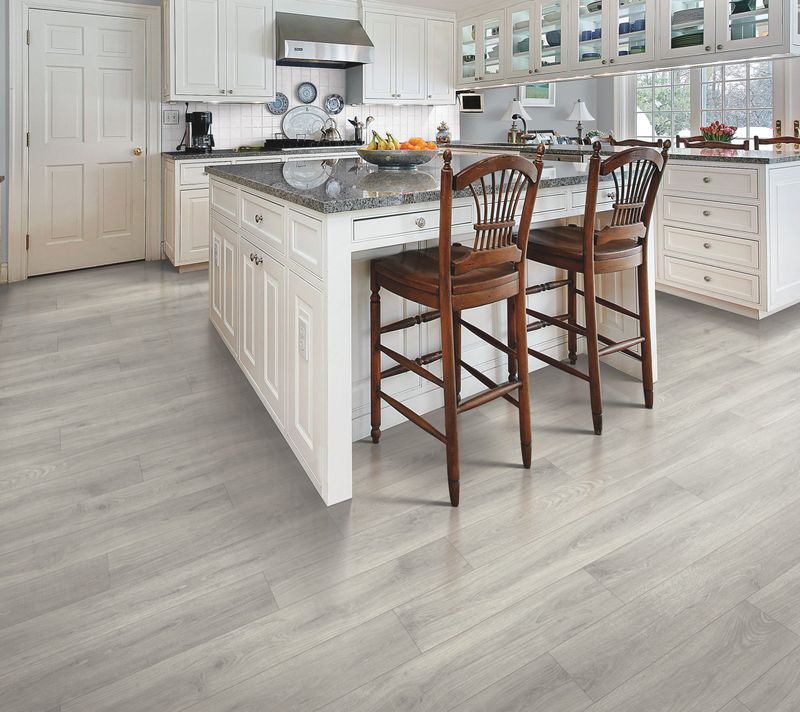
Laminate flooring has undergone a remarkable transformation, shedding its budget-basement reputation to become a legitimate contender for stylish kitchens. Today’s premium laminates feature incredibly realistic printing technology that captures wood grain details with astonishing accuracy.
The core strength of laminate lies in its wear layer a tough, transparent coating that resists scratches, dents, and fading far better than many natural materials. For families with kids and pets, this durability factor is a genuine game-changer.
While older laminates had moisture vulnerability, newer products address this with improved core materials and installation systems. Many now feature water-resistant or even waterproof ratings perfect for kitchen environments. The click-lock installation systems also make laminate one of the most DIY-friendly flooring options available today.
10. Terrazzo Flooring
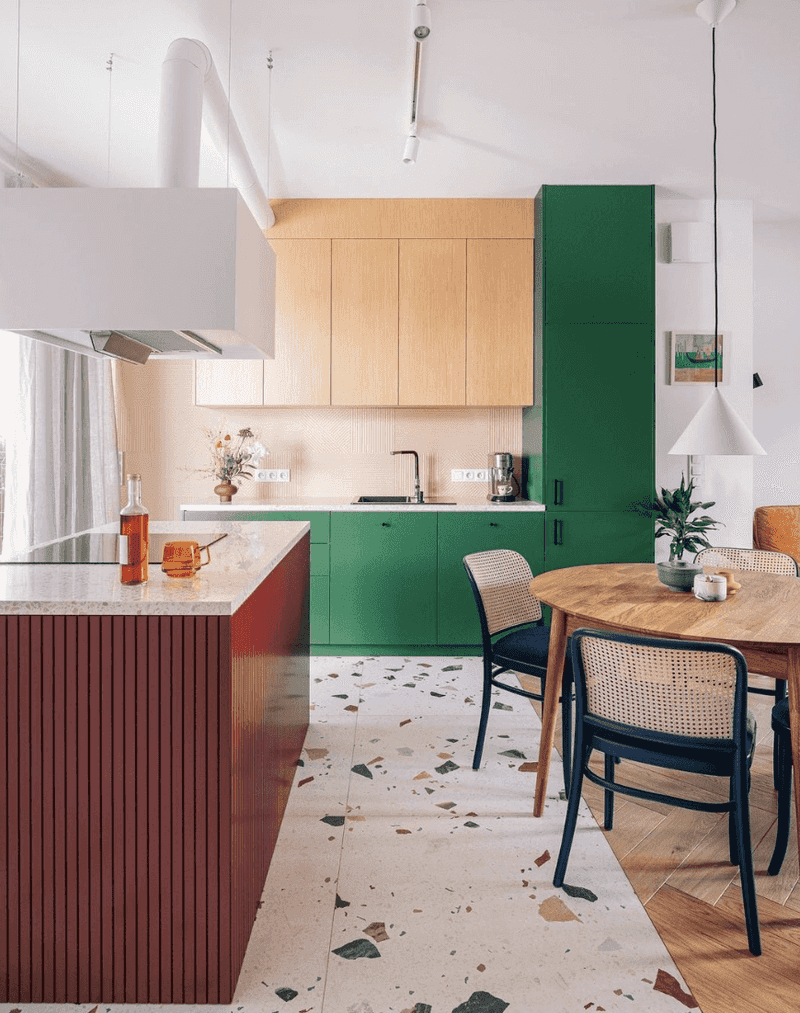
Terrazzo flooring brings mid-century charm with thoroughly modern performance to today’s kitchens. This composite material—made from chips of marble, quartz, granite, or glass set in a binder—creates a distinctive speckled appearance that’s both playful and sophisticated.
After years of designing kitchens, I’ve noticed terrazzo making a strong comeback, especially in homes embracing retro-modern aesthetics. The color possibilities are virtually limitless, allowing for custom designs that perfectly complement your kitchen color scheme.
Unlike traditional terrazzo that required specialized installation, new prefabricated terrazzo tiles make this look more accessible to average homeowners. The durability is legendary—many original terrazzo floors from the 1950s are still in service today, proving that this material truly stands the test of time while maintaining its unique visual appeal.
11. Linoleum Flooring
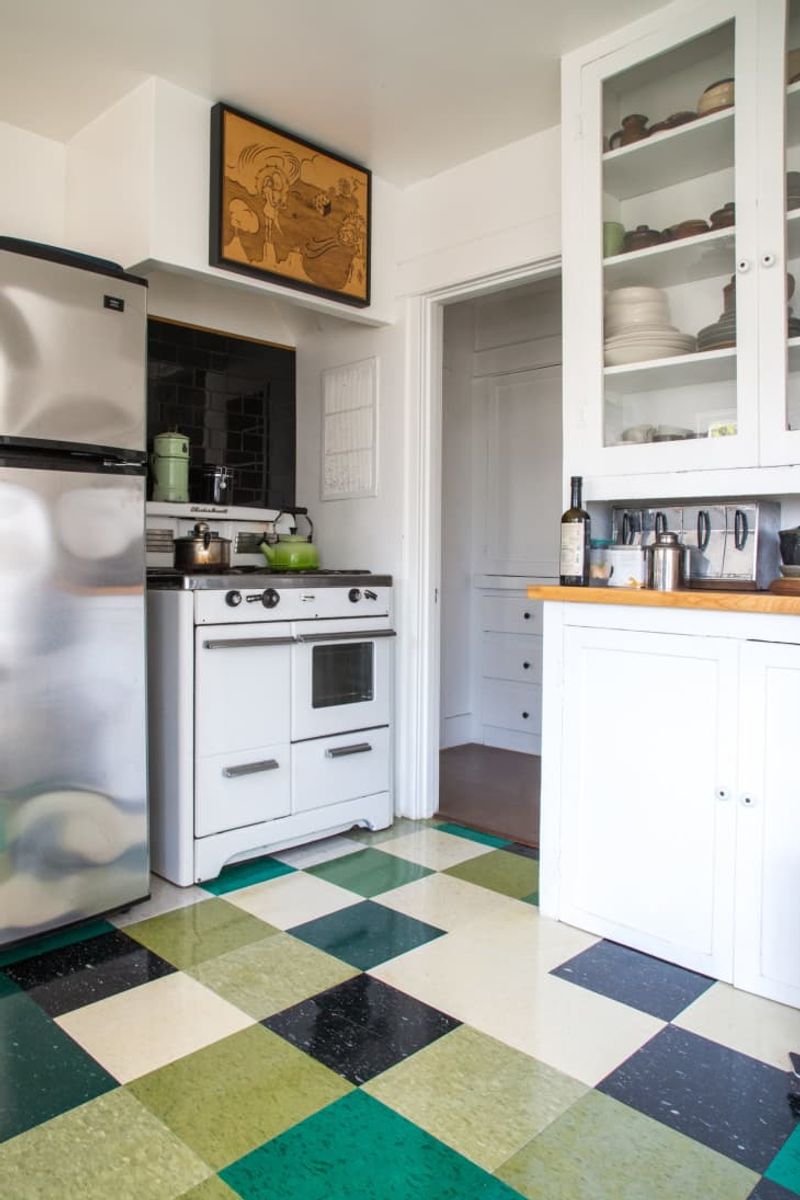
Linoleum flooring offers an eco-friendly alternative that’s experiencing a well-deserved renaissance in kitchen design. Made from natural materials including linseed oil, pine resin, and wood flour, authentic linoleum is biodegradable and contains no harmful VOCs.
The color possibilities might surprise you. Modern linoleum comes in vibrant solids, marbled patterns, and even custom-designed inlays that can create truly one-of-a-kind kitchen floors. I recently completed a kitchen with a stunning geometric linoleum pattern that became the room’s focal point.
Beyond its green credentials, linoleum offers natural antimicrobial properties that inhibit bacteria growth—a significant advantage in food preparation areas. With proper installation and occasional resealing, quality linoleum can last 40+ years, making it one of the most cost-effective kitchen flooring options over its lifetime.
12. Rubber Flooring

Rubber flooring delivers unmatched comfort and resilience in kitchens where ergonomics matter. The natural elasticity absorbs impact, reducing fatigue during long cooking sessions and providing a forgiving surface should glasses or dishes accidentally fall.
Commercial kitchens have relied on rubber flooring for decades, and now residential versions offer the same performance with more refined aesthetics. Modern options include subtle textures, low-sheen finishes, and sophisticated colors that blend seamlessly with contemporary kitchen designs.
What makes rubber particularly well-suited for kitchens is its inherent water resistance and slip-resistant texture. Even when wet, rubber maintains good traction, making it a safer option for families with young children or elderly members. The seamless installation options also eliminate grout lines where dirt and bacteria can accumulate.
13. Patterned Tile
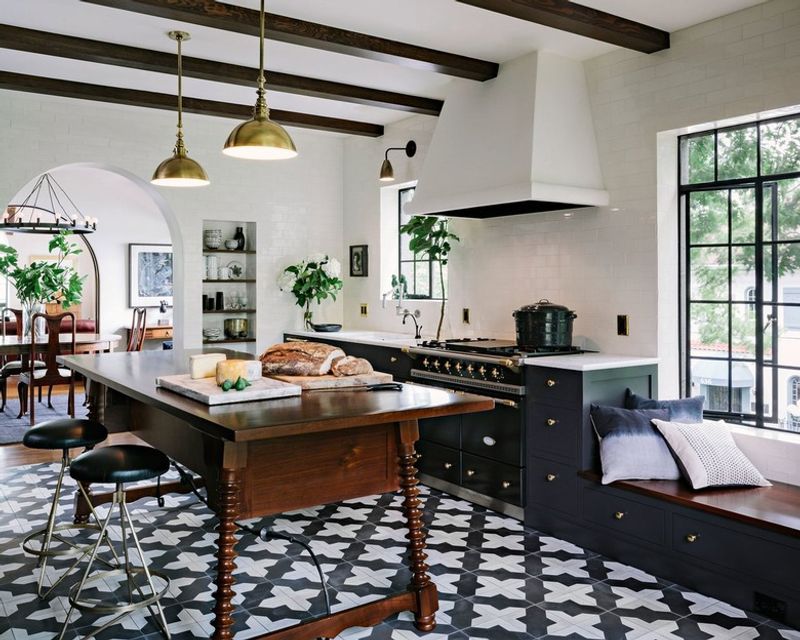
Patterned tile transforms ordinary kitchen floors into extraordinary design statements that capture attention and set the tone for the entire room. Whether you choose encaustic cement tiles, printed ceramics, or hand-painted pieces, these decorative elements add personality that plain surfaces simply cannot match.
The revival of bold patterns reflects our growing desire for spaces with character and story. I’ve watched clients fall in love with Moroccan-inspired motifs, vintage-look florals, and geometric arrangements that add visual energy to otherwise simple kitchen designs.
For those worried about committing to a bold pattern throughout the entire kitchen, consider creating a defined “rug” area under a table or island using patterned tiles surrounded by complementary solid tiles. This technique creates a focal point while maintaining balance in the overall design.
14. Marble Flooring

Marble flooring epitomizes luxury with its luminous surface and distinctive veining that has captivated designers for centuries. Each slab tells a unique geological story, creating floors with character impossible to replicate in manufactured materials.
White Carrara and Calacatta marble varieties remain perennial favorites for their bright, airy quality that visually expands kitchen spaces. The subtle gray veining adds just enough visual interest without overwhelming other design elements. For more dramatic statements, darker marbles like Nero Marquina create sophisticated, high-contrast foundations.
Despite its delicate reputation, properly sealed marble can perform beautifully in kitchens. The natural patina that develops over time—called etching—adds character that many homeowners actually prefer. This living quality creates a floor that evolves alongside your family, recording your kitchen’s history in its gently weathered surface.
15. Slate Flooring
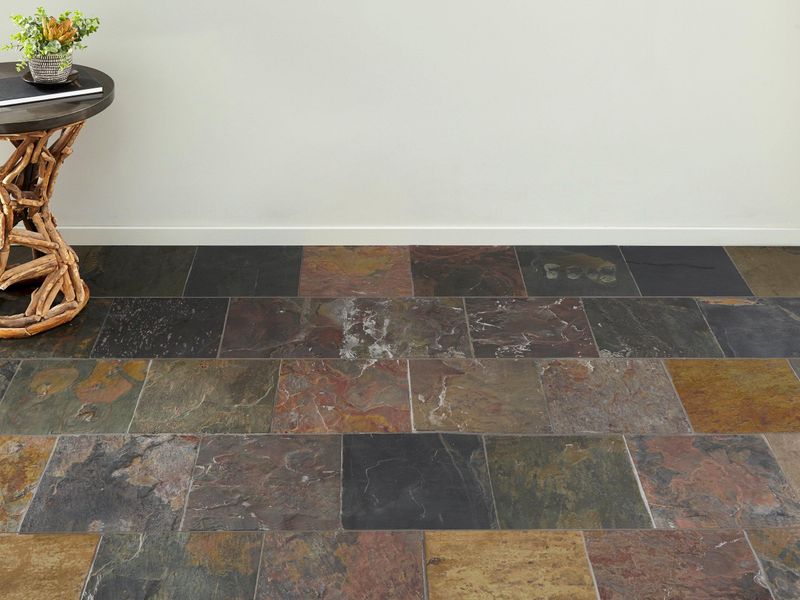
Slate flooring brings rugged elegance and earthbound character to kitchens seeking connection with natural elements. The layered structure of this metamorphic rock creates subtle texture variations that add depth and interest impossible to achieve with manufactured materials.
The color palette of natural slate spans from deep charcoals and blacks to rich purples, greens, and rusty browns—often with multiple hues present in a single tile. This natural variation creates floors with incredible visual depth that complement both traditional and contemporary kitchen designs.
Beyond aesthetics, slate offers practical benefits perfect for kitchen environments. The natural cleft texture provides excellent slip resistance even when wet, while the dense stone composition resists staining from food spills. With proper sealing and minimal maintenance, slate floors can last generations while developing a beautiful patina that only improves with age.
16. Brick Flooring
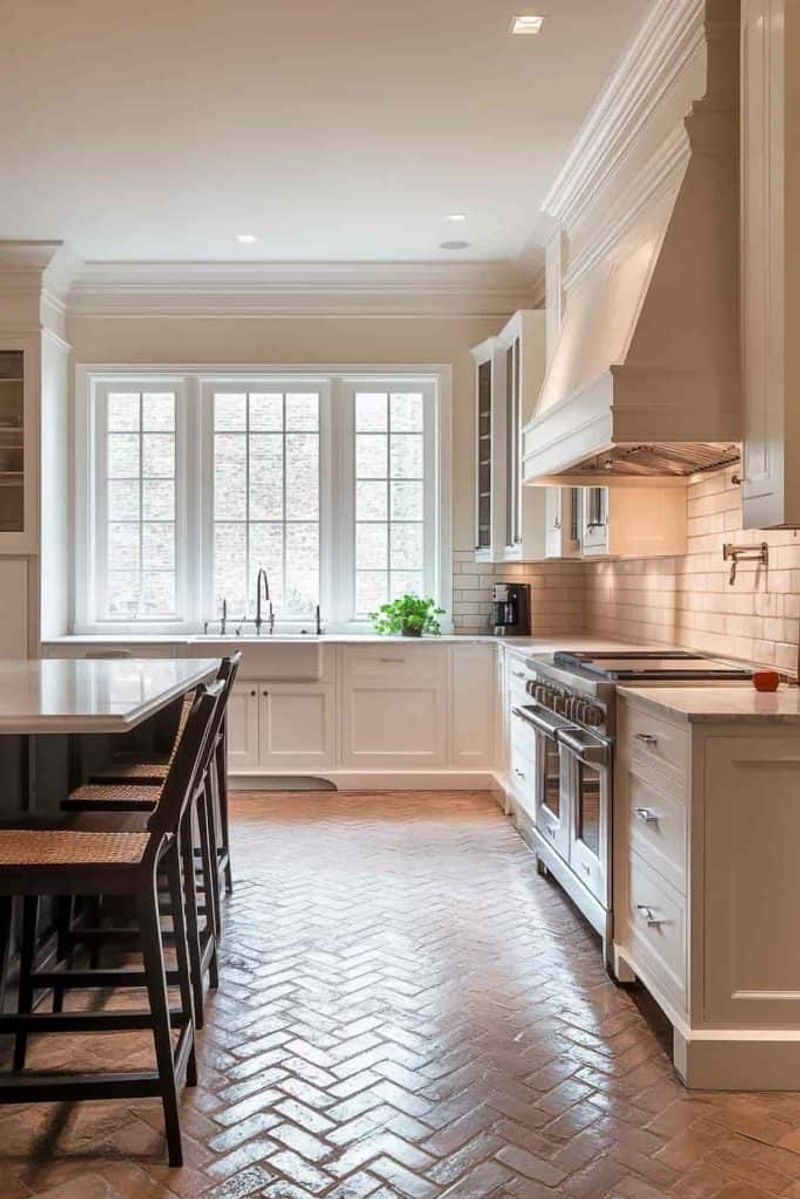
Brick flooring infuses kitchens with unmistakable warmth and character that only centuries-old building techniques can deliver. The earthy tones and subtle texture variations create a foundation that grounds modern kitchens in timeless tradition.
What fascinates me about brick is how it bridges architectural styles. In farmhouse kitchens, it reinforces rustic charm, while in contemporary spaces, it provides compelling contrast to sleek cabinetry. The thermal mass of brick also makes it ideal for homes with passive solar heating or radiant floor systems.
Modern thin brick pavers offer easier installation than traditional full bricks while maintaining authentic appearance. For kitchens, sealed brick provides necessary protection against stains while preserving the material’s natural beauty. The irregular surface creates visual interest through subtle shadow play as light changes throughout the day.
17. White Oak Wood (expert pick)
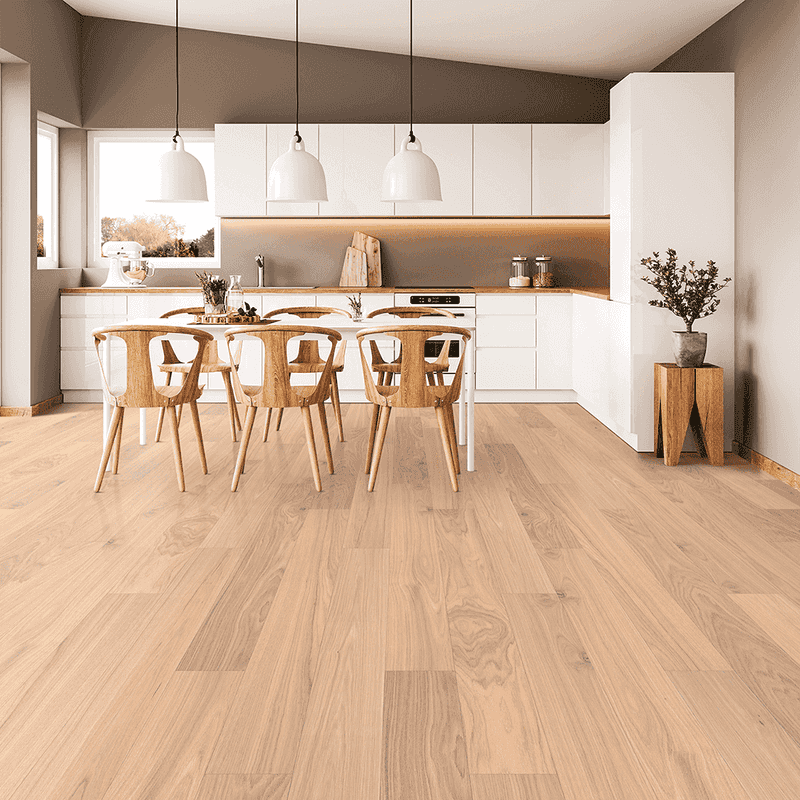
White oak has earned its expert-recommended status through a perfect balance of durability and design versatility that few other wood species can match. The tight grain pattern and natural tannins make it more resistant to water damage than many hardwoods—a crucial advantage in kitchen environments.
The subtle color variation within white oak creates visual depth while still providing a neutral foundation that complements virtually any kitchen style. Many designers prefer white oak’s ability to accept both light and dark stains beautifully, allowing customization to match specific design visions.
What truly distinguishes white oak is its remarkable stability. The quarter-sawn cutting method produces boards that resist cupping and warping even with humidity fluctuations common in kitchens. This stability, combined with modern water-resistant finishes, makes white oak a premium choice that justifies its higher investment.
18. Waterproof Vinyl (expert pick)
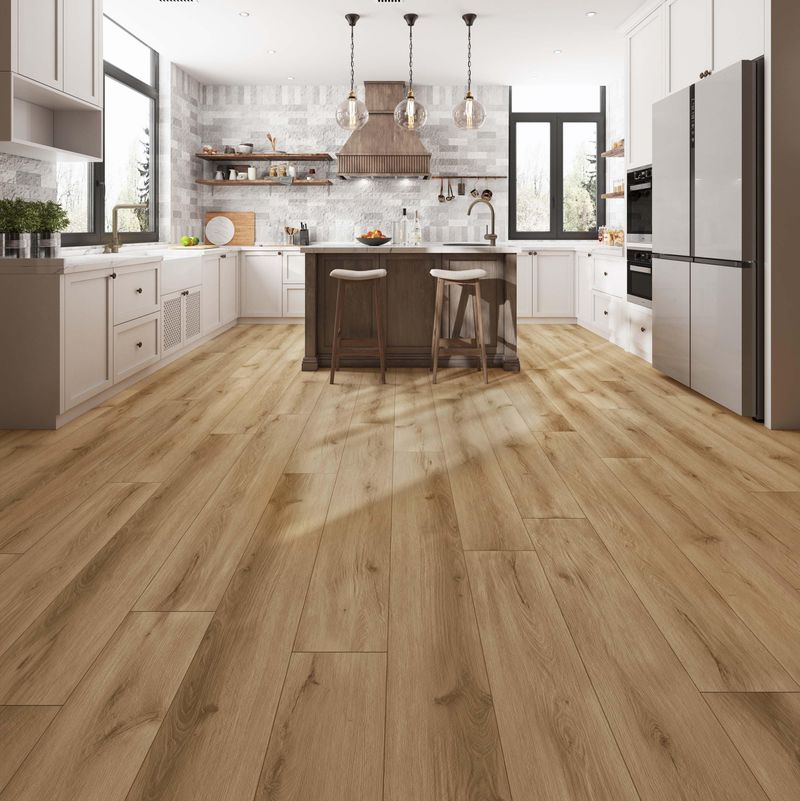
Waterproof vinyl represents the cutting edge of kitchen flooring technology, earning enthusiastic endorsements from flooring experts who value practical performance. The latest generation features rigid cores that remain dimensionally stable even in wet conditions—eliminating the warping and damage that plague traditional materials.
Unlike earlier vinyl products, today’s premium versions incorporate remarkably realistic visual layers that capture authentic wood grain, stone textures, and even decorative tile patterns with astonishing accuracy. The micro-beveled edges and embossed surfaces create tactile experiences nearly indistinguishable from natural materials.
What makes waterproof vinyl especially appealing is its complete kitchen compatibility. Spills, splashes, and even standing water pose no threat to these engineered products. For families with young children or pets, this peace of mind combined with easy maintenance makes waterproof vinyl a genuinely smart investment that doesn’t sacrifice style.
19. Textured Porcelain (expert pick)

Textured porcelain has emerged as a designer favorite by addressing the primary safety concern in kitchen flooring slip resistance without compromising aesthetics. The subtle surface variations create secure footing even when wet while adding visual depth that flat tiles simply cannot match.
Advanced manufacturing techniques now create textures mimicking hand-scraped wood, natural stone, or fabric-inspired surfaces with remarkable authenticity. These textures not only enhance safety but also hide minor dirt and debris between cleanings a practical advantage in busy kitchens.
Many interior designers recommend textured porcelain specifically for its versatility across design styles. The same product can appear rustic or refined depending on layout pattern, grout color, and surrounding elements. The exceptional durability means you won’t need to replace it when design trends shift simply update surrounding elements for a fresh look.
20. Reclaimed Wood (expert pick)
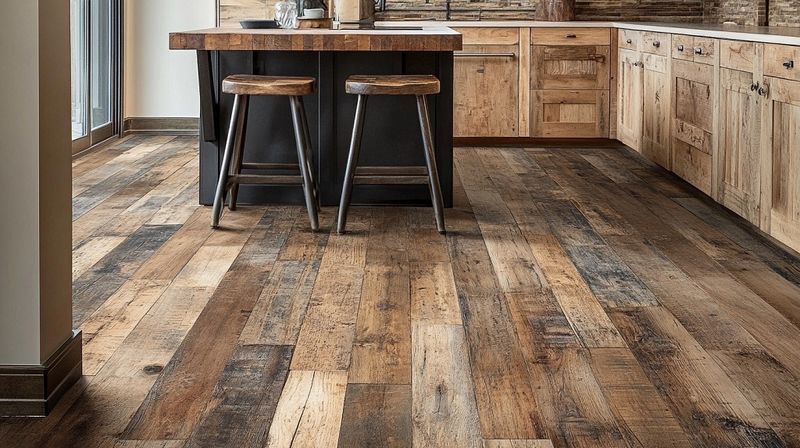
Reclaimed wood flooring brings unparalleled character and environmental benefits that have made it a staple recommendation among sustainable design experts. Each plank carries unique markings—saw marks, nail holes, and natural weathering—that tell stories of its previous life in barns, factories, or historic buildings.
The environmental advantages are substantial. By repurposing existing wood, you prevent mature timber from being harvested while diverting materials from landfills. This reduced carbon footprint appeals to eco-conscious homeowners seeking authentic materials with minimal environmental impact.
Beyond sustainability, reclaimed wood offers practical benefits for kitchens. The old-growth timber used in historic structures typically has denser grain patterns than newly harvested wood, resulting in exceptional stability and hardness. This density, combined with decades of natural seasoning, creates flooring remarkably resistant to the dimensional changes that challenge new wood products.
21. Large-Format Tile (expert pick)

Large-format tile has revolutionized kitchen flooring by minimizing grout lines those perpetual cleaning challenges that frustrate homeowners. With sizes now extending to 48″×48″ and beyond, these expansive tiles create sleek, uninterrupted surfaces that visually expand your kitchen space.
Design professionals particularly value how large tiles simplify cleaning routines. Fewer grout lines mean fewer places for dirt and food particles to accumulate, resulting in more hygienic kitchen environments that require less maintenance. The continuous surface also creates a sense of visual calm that counterbalances busy kitchen activities.
Advancements in manufacturing have overcome previous installation challenges. New generation large tiles feature precisely rectified edges that allow for minimal grout lines as small as 1/16 inch. The reduced thickness of modern large-format tiles also makes them lighter and easier to handle during installation without sacrificing durability.

